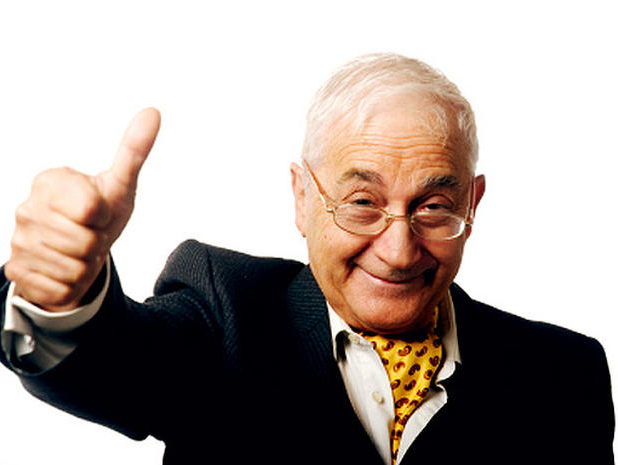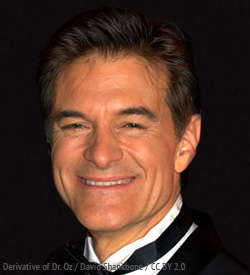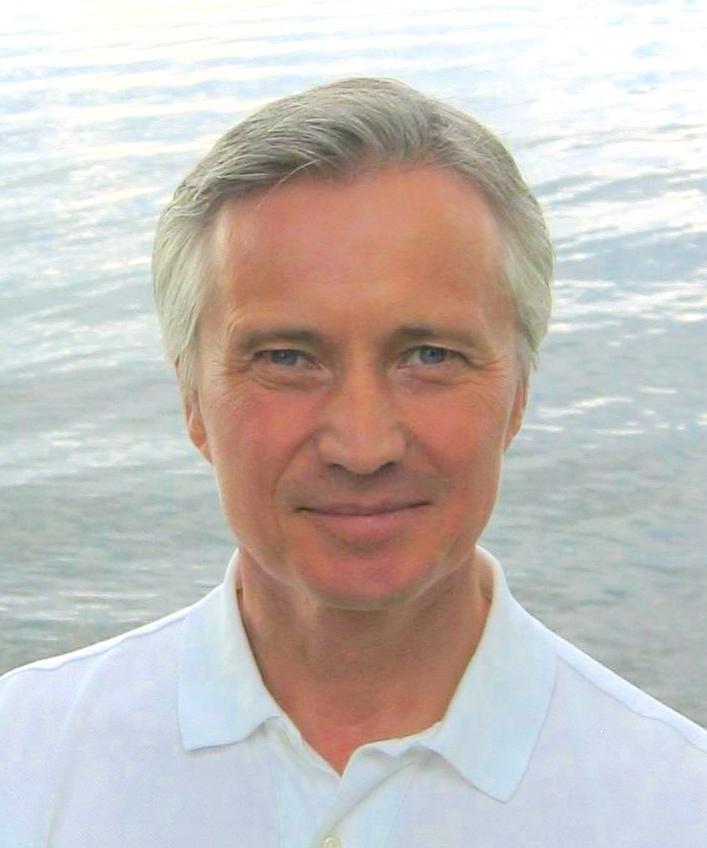10 Myths about Meditation
What’s the truth about meditation? Does it really have health benefits – or is it just a silly waste of time? These are questions Dr. Noman Rosenthal, clinical professor of psychiatry at Georgetown University Medical Center, knows a thing or two about.
- Meditation is New Age nonsense
- Meditation is a religion
- People who meditate belong to a cult
- Meditation is just relaxation
- You can’t meditate if you can’t sit cross-legged
- Meditation takes too much time
- It’s just like relaxing with eyes closed
- You can learn to meditate from a book
- Meditation takes years to produce
- Meditation is hard work
Myth 1: Meditation is New Age nonsense

There’s nothing new about mediation. It goes back thousands of years. And unlike some unproven mind/body modalities, meditation has been extensively studied and found to bring specific benefits, including reduced anxiety and depression. Transcendental meditation, in particular, is known to reduce blood pressure and lower the risk for cardiovascular disease, the number one killer in the U.S. and other developed countries.
Myth 2: Meditation is a religion

Yes, meditation is practiced by adherents of many religions. But it’s possible to meditate no matter what your religious affiliation, and without violating your religious principle and practices.
Myth 3: People who meditate belong to a cult

Cults are all about coercion. But coercion is alien to the spirit of meditation, which celebrates independence and freedom of thought and spirit.
Myth 4: Meditation is just relaxation

Unlike simply sitting on the sofa or lying in bed, meditation has been shown to produce specific chemical changes in the brain. Transcendental meditation, for example, is known to cause the brain to release a soothing hormone known as prolactin. So-called Buddhist meditation boosts brain wave activity in the brain’s left frontal region, which is associated with positive, upbeat feelings.
Myth 5: You can’t meditate if you can’t sit cross-legged

To meditate effectively, you must be comfortable. For some, the so-called lotus position is comfortable. But people who find that uncomfortable can sit in a chair or find some other comfortable position. Some forms of meditation can be practiced while walking.
Myth 6: Meditation takes too much time

Any amount of meditation can be helpful, though some recommend meditating for specific spans of time. Transcendental mediation, for example, takes about 40 minute a day, in two 20-minute sessions. That’s how much time Dr. Rosenthal spends meditation – and he says the effort has transformed his life. How? By filling him with “a greater sense of calm and vibrancy.” In addition, he says meditation has become more efficient in his use of time – and thus more productive.
Myth 7: It’s just like relaxing with the eyes closed

You can certainly close your eyes and say a mantra, but it’s not likely to do you much good. True meditation is a learned skill.
Myth 8: You can learn to meditate from a book

Plenty of books purport to teach people how to meditate. But even meditation books often acknowledge that it helps to have a real person show you the ropes. If you want to learn Transcendental Meditation – the type whose physiological and psychological benefits have been most extensively studied – you need a teacher. Dr. Rosenthal says.
Myth 9: Meditation takes years to produce

While the physiological benefits of transcendental meditation might take several months to show up, people often feel better psychologically after a single session.
Myth 10: Meditation is hard work

Some forms of meditation may be hard, but Dr. Rosenthal says he and his patients have found transcendental meditation to be easy and joyful. He says, “I rarely miss a session not out of discipline, but because I would hate to miss such an integral part of my day – just as I would hate to miss breakfast, or brushing my teeth.”
Content retrieved from CBS News: 10 Dangerous Myths about Meditation.
Vad framgångsrika TM-utövare säger (klicka på bilderna)
 Cameron Diaz
Cameron Diaz
 Hugh Jackman
Hugh Jackman
 Jim Carrey
Jim Carrey
 Lykke Li
Lykke Li
 Oprah Winfrey
Oprah Winfrey
 David Lynch
David Lynch
 Paul McCartney
Paul McCartney
 Clint Eastwood
Clint Eastwood
 Katy Perry
Katy Perry
 George Lucas
George Lucas
 Jerry Seinfeld
Jerry Seinfeld
 Moby
Moby
 Gwyneth Paltrow
Gwyneth Paltrow
 Martin Scorcese
Martin Scorcese
 Ellen Degeneres
Ellen Degeneres
 Dr. Oz
Dr. Oz
 År 2008 placerade Time Magazine Dr Oz som nummer 44 i listan över de 100 mest inflytelsefika människorna i världen. Han är chef för avdelningen för hjärtsjukdomar vid ett framstående sjukhus i New York, är författare till flera böcker och har för närvarande en egen tv-show som sänds över hela världen.
År 2008 placerade Time Magazine Dr Oz som nummer 44 i listan över de 100 mest inflytelsefika människorna i världen. Han är chef för avdelningen för hjärtsjukdomar vid ett framstående sjukhus i New York, är författare till flera böcker och har för närvarande en egen tv-show som sänds över hela världen.
Dr Oz har själv utövat TM sedan åtskilliga år tillbaka och han betalade själv kursavgiften för att 200 av de anställda på hans show skulle kunna lära sig tekniken. Han talar regelbundet om TM på offentliga tillställningar och förklarar hur TM har en positiv effekt på högt blodtryck, diabetes, kolesterol och hjärt- kärlsjukdomar som inte alltid går att uppnå med medicinering. Dr Oz: “TM kan ändra på saker som vi inte trodde gick att ändra på.”

“TM ger mig en edge. Tack vare att jag mediterar två gånger om dagen blir jag sällan stressad och känner mig alltid öppen för att se en utmaning ur flera perspektiv. Det har hjälpt mig att fatta beslut utifrån vad jag själv känner att jag behöver och inte utifrån yttre påfrestningar. TM håller mig i balans och gör så att jag alltid kan ge det där lilla extra.”
Gabriel Högberg - studerande
Information och kurser i Transcendental Meditation - Östersund
Gamla Teatern, Thoméegränd 20, 83134 Östersund Klicka här för att se en karta
KOSTNADSFRI INFORMATIONSTRÄFF
Informationsträffen är kostnadsfri och antalet platser är begränsat. Vänligen registrera dig nedan. Informationen tar ca 1 ½ timme.
Östersund
Gamla Teatern, Thoméegränd 20, 83134 Östersund








